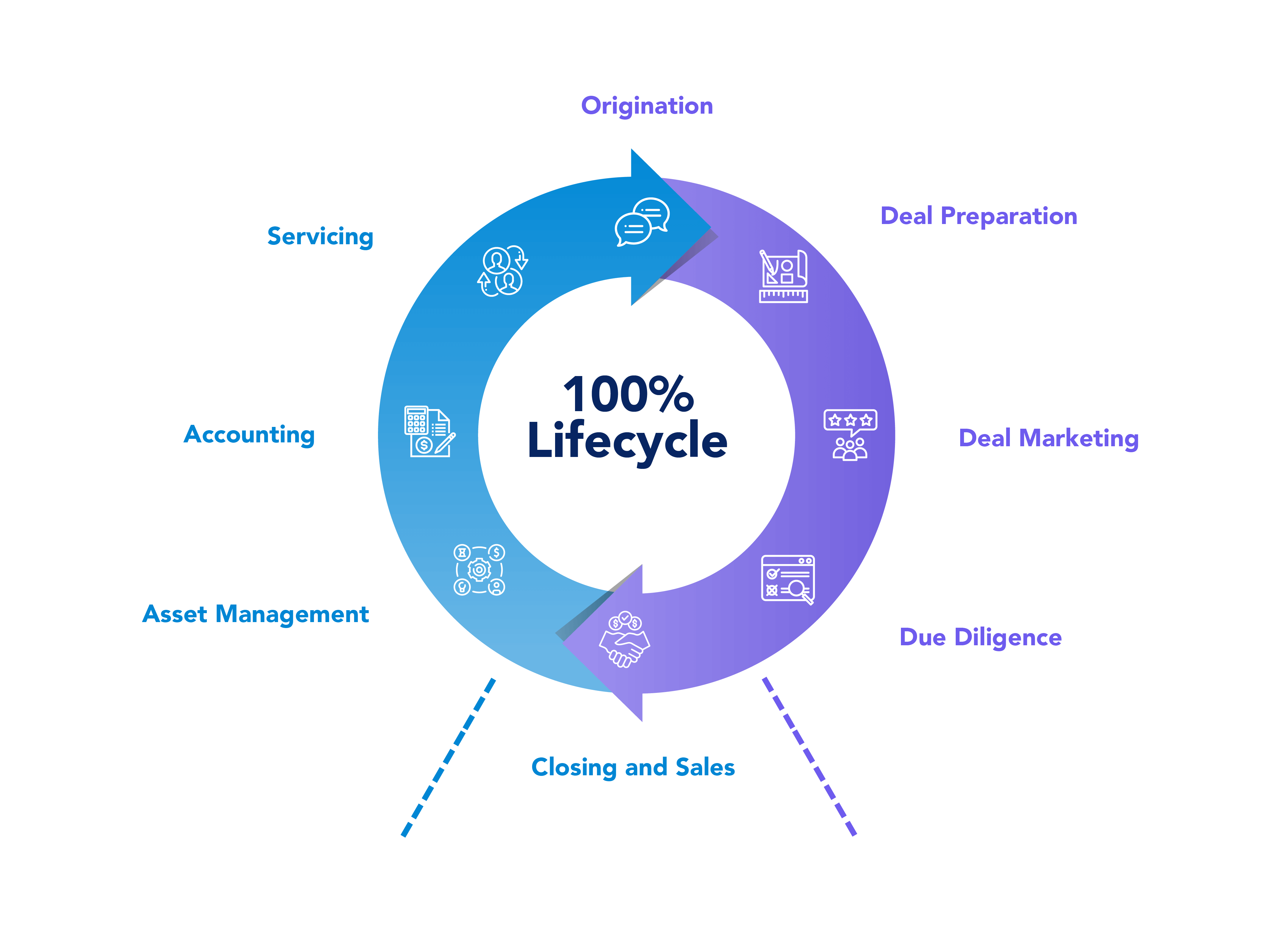Partners
Oracle & SAP in Financial Performance Management
Driving Excellence in Accounting and Beyond - Enterprise Performance Management (EPM)
Sep 4, 2023
Introduction
Financial Performance Management (FPM) is more than just a buzzword in today's fast-paced business environment. FPM emerges as an integral tool as organizations strive to understand their financial health better and make more informed decisions. Primarily focused on accounting, financial closing, and sub-ledger accounting, FPM streamlines operations and adds significant strategic value. Let's delve deeper into the functionalities and benefits of Financial Performance Management.
Core Functionalities of Financial Performance Management
Accounting: FPM tools support both managerial and financial accounting. This means they can help in cost allocations, profit center accounting, and the creation of financial statements.
Financial Closing: One of the most time-sensitive areas in finance, the month-end or year-end close, is streamlined with FPM. Automated workflows, real-time data processing, and integrated systems mean faster closing cycles.
Subledger Accounting: This is a detailed recording of transactions for specific business operations. For instance, accounts related to accounts receivables or accounts payable. FPM systems ensure that subledger accounting is consistent, transparent, and aligned with the general ledger.
Top Benefits of Financial Performance Management
Efficiency & Automation: FPM tools bring in automation, reducing manual entry and the risk of errors. Tasks like data entry, reconciliations, and calculations become faster and more accurate.
Real-time Reporting: With integrated systems and live data feeds, FPM offers real-time reporting capabilities. Financial managers can pull out reports at any given time without waiting for data collation.
Strategic Decision-making: Enhanced data visualization tools within FPM software offer previously hard-to-drive insights. This data-driven decision-making capability enables executives to strategize more effectively.
Improved Compliance & Reduced Risk: Regulatory compliance is paramount in financial operations. FPM tools are designed considering various global regulatory frameworks, ensuring that the financial data and processes adhere to the required standards.
Unified View: Often, financial data is siloed in different departments or systems. FPM integrates this data, offering a unified view of financial health. This holistic view is crucial for cross-departmental collaboration and strategic planning.
Cost Savings: While implementing FPM tools requires an investment, the long-term savings in reduced workforce hours, faster closing cycles, and minimized errors ensure a significant ROI.
Scalability: Modern FPM solutions are scalable. As the organization grows, the software can handle more data and complex operations without constant system changes.
Conclusion
In an era where data reigns supreme, Financial Performance Management is not just a nice-to-have but a must-have for organizations, big or small. By marrying the traditional aspects of finance with modern tech capabilities, FPM offers a transformative approach to managing an organization's financial health. Whether it's about speeding up closing cycles, ensuring regulatory compliance, or making strategic decisions, FPM emerges as a trusted partner for finance leaders worldwide.




